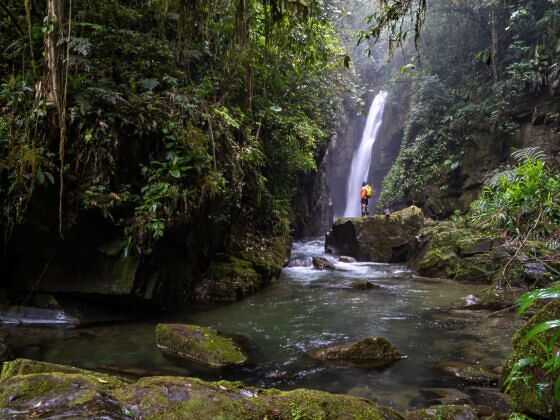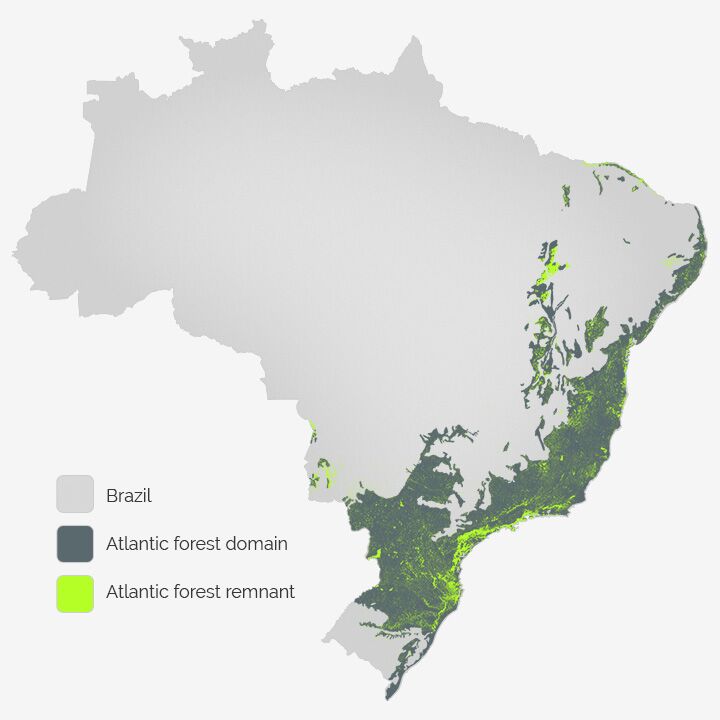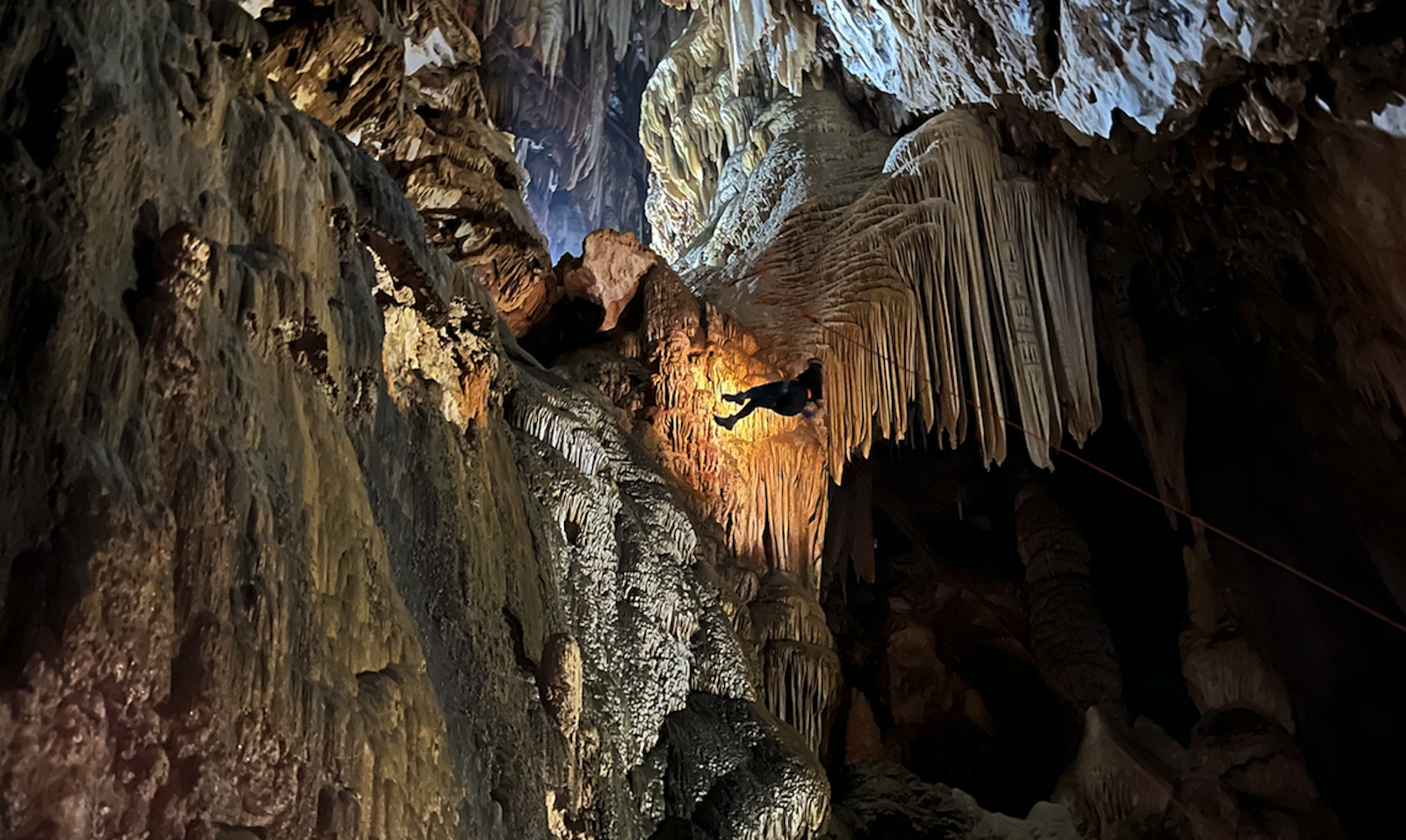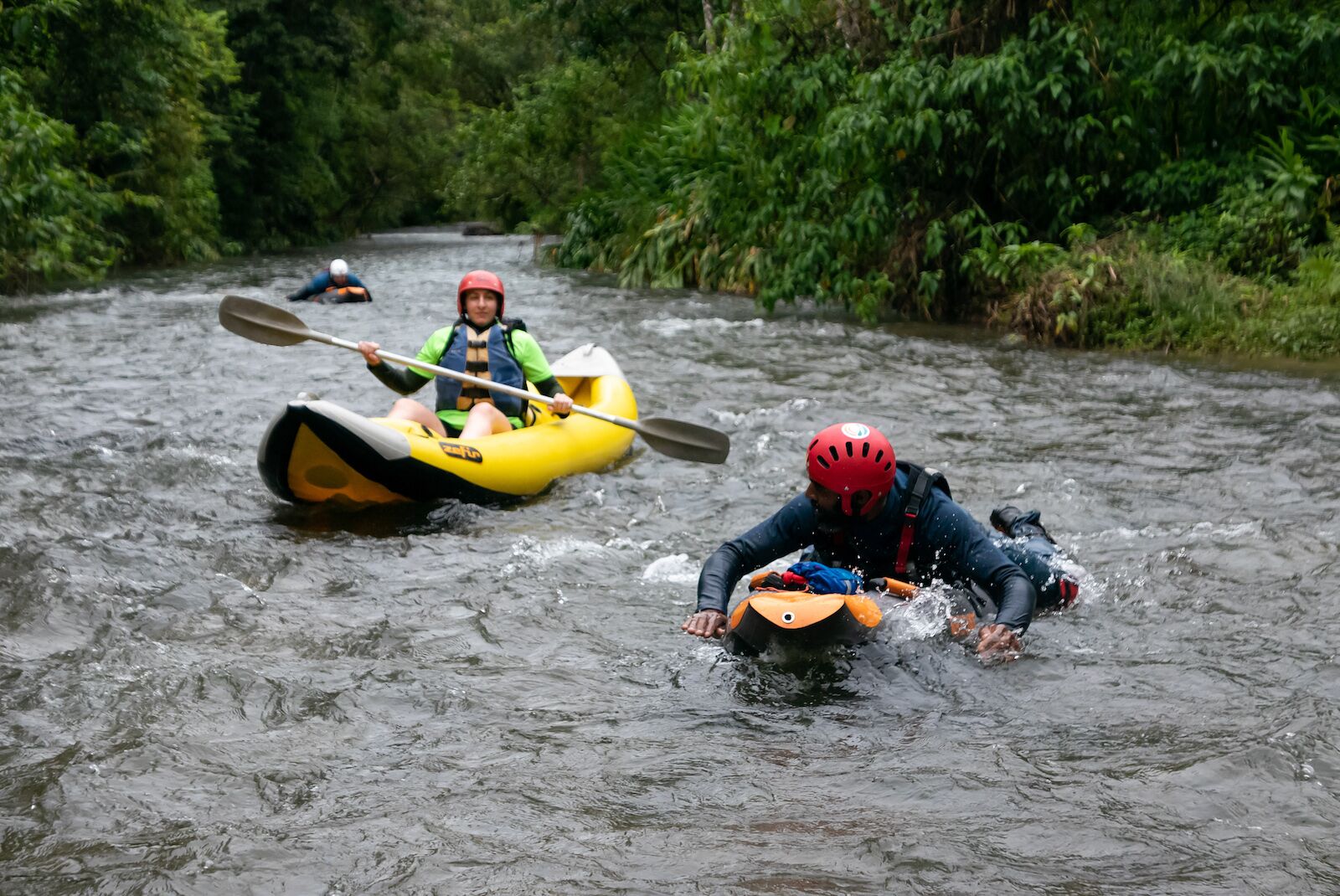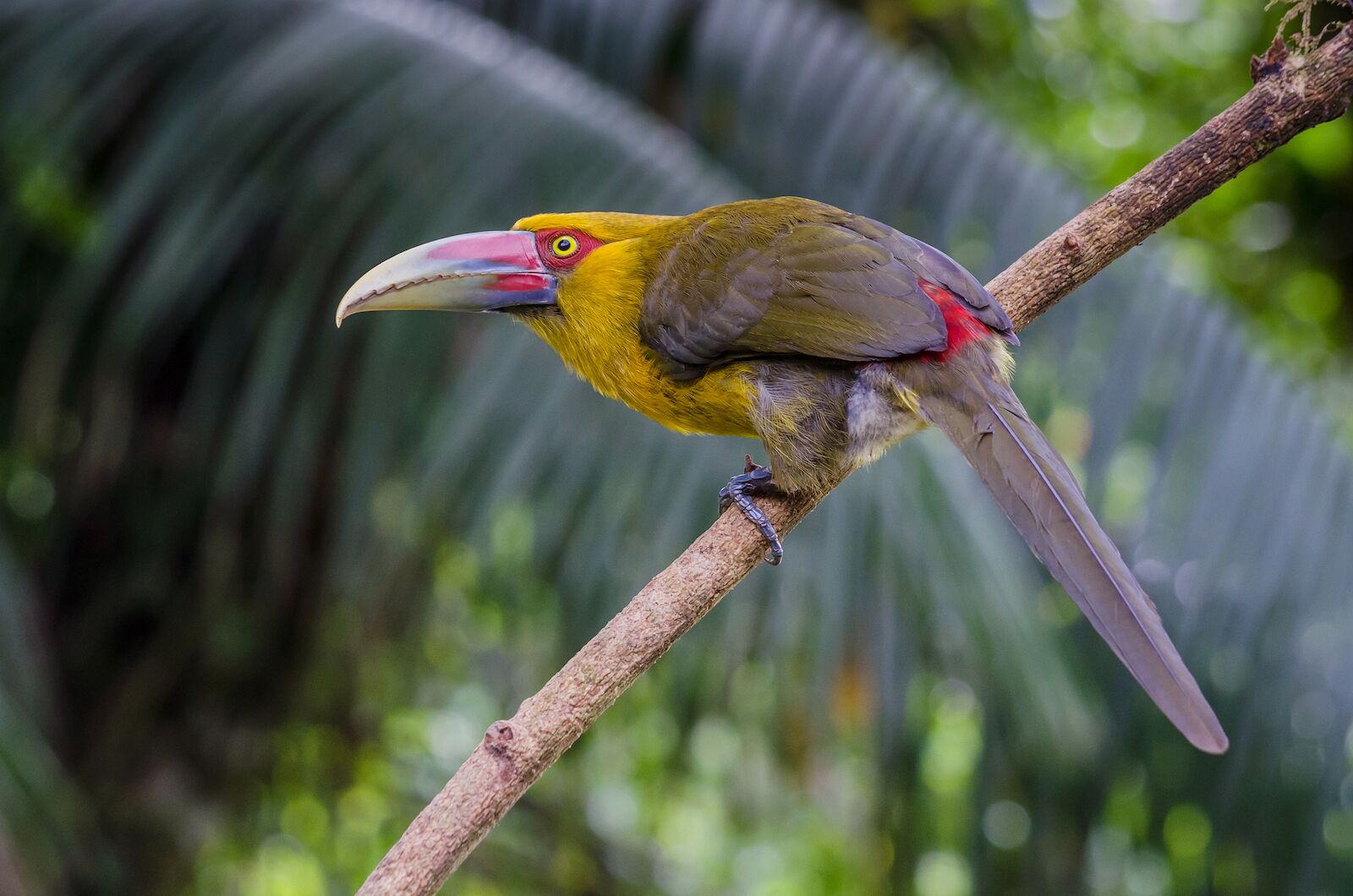With flora, fauna, and landscapes to rival the world’s most famous rainforests, the Riberia Valley in Brazil’s Atlantic Forest is an emerging destination that rewards travelers up for a real adventure.
While the Atlantic Forests’ neighbor to the west — i.e. the Amazon — tends to get the most attention, the Atlantic Forest is well-worth a dedicated trip. It’s in the southeast part of Brazil, covering coastal areas around the towns of São Paulo, Curitiba, and Criciúma. The Brazil Atlantic Forest (or Mata Atlântica, as it’s known in Portuguese) is the second-largest rainforest in Central and South America after the Amazon. It covers 34,750 square miles along a 1,158 miles stretch of coast through 17 different Brazilian states.
